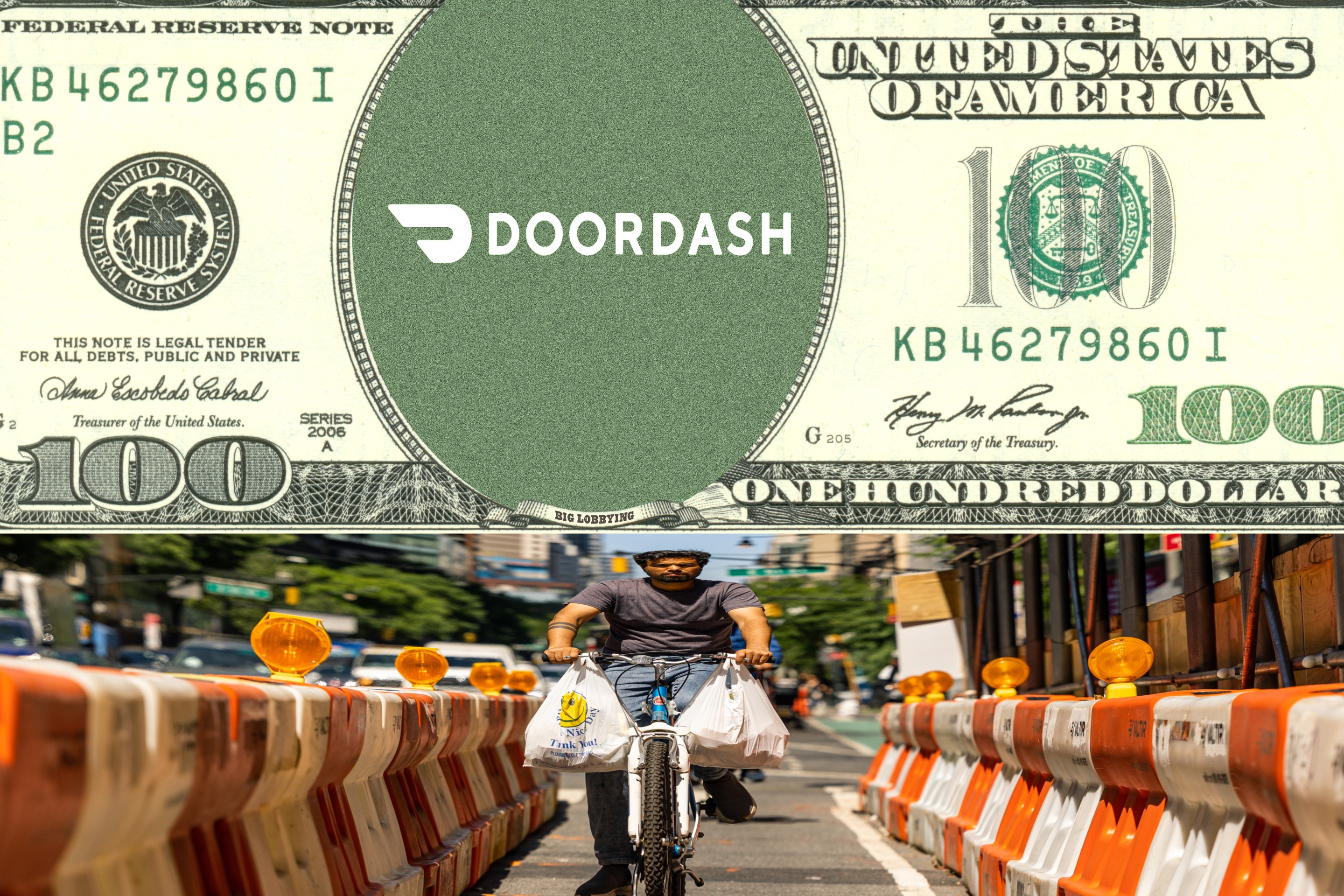
Does the New York City region really rank only 13th in the nation in providing transit access to jobs? Has it truly been bested by a top five of Honolulu, San Jose, Salt Lake City, Tucson and Fresno? That's what a new report from the Brookings Institution claims, but don't worry New Yorkers, there are very good reasons to second-guess that conclusion.
The report, which Streetsblog Capitol Hill's Tanya Snyder recapped earlier today, is an impressive piece of research. Brookings built the largest database in its long history and developed some pretty sophisticated tools to analyze it. Some of the data points that Tanya pulled out in her piece add tremendously to our understanding of the connection between transit and land use across the country. That said, when it comes to ranking the top cities, the findings are a little too counterintuitive to be true.
Notably, there appears to be a weak connection between the cities with the best transit access to jobs, as ranked by Brookings, and the cities where commuters actually use transit. New York City came in 13th in the first ranking despite being far and away the top in the latter.
According to Census data gathered by Brookings itself, 30.5 percent of New York region commuters take transit to work. Compare that to Honolulu, where only 7.5 percent of commuters ride transit, or the four runners-up at 3.1 percent, 3.0 percent, 2.5 percent and 1.3 percent. It's not even close.
In other words, whatever Brookings is measuring in this report doesn't seem to be particularly important for the men and women who actually decide whether to hop on a bus or in the car each morning. Whether it's poor off-peak transit service, easy parking at home and at work, or even just transit-skeptical local cultures, something is making it so that access to jobs by transit doesn't translate into actually making use of it.
Some of the reasons for New York's unexpectedly low ranking may be technical. The report excludes commuters traveling between metro areas, as defined by the federal government. That seriously undercounts the number of jobs that residents of Fairfield County, for example, can access via transit, counting jobs in Bridgeport but not in New York City.
More fundamentally, however, at the top of the ranking the Brookings approach may give too much weight to transit that no one is likely to use. In the New York region, for example, they show that 89.6 percent of residents live within three-quarters of a mile of a transit stop, while 95.6 percent of San Jose residents do. Assuming transit agencies provide service in an at least somewhat rational fashion, however, those extra six percent of residents in San Jose must be among the people in the region least likely to ride transit. That extra coverage, likely off at the exurban fringe, is very low return, but counts fully in Brookings' rankings.
That isn't to say that coverage isn't important. In certain areas, transit might only serve a small number of low-income and elderly riders while everyone else drives, but for those riders it's absolutely essential.
Moreover, the Brookings report presents a worrying estimate of the upper bound of transit growth in the New York region. They estimate that only 36.6 percent of all jobs could be reached by a typical resident in 90 minutes or less. Considering that 30.5 percent of New York commuters already ride transit, this implies that the bulk of the transit-accessible jobs are already being accessed by transit.
That's the legacy of decades of job sprawl in the region. "Even though we have the most extensive transit network in the country, the region outgrew this network in the post-war period," said Regional Plan Association vice president for research Chris Jones. "Much of the job growth that occurred, especially during the 70s and 80s, occurred outside the reach of the subway and rail network." Between 1970 and 2010, he said, New York City added 300,000 jobs while the rest of the region added 2,000,000. Unless job growth becomes far more concentrated in downtowns and near transit, transit commuting can only increase so much.





